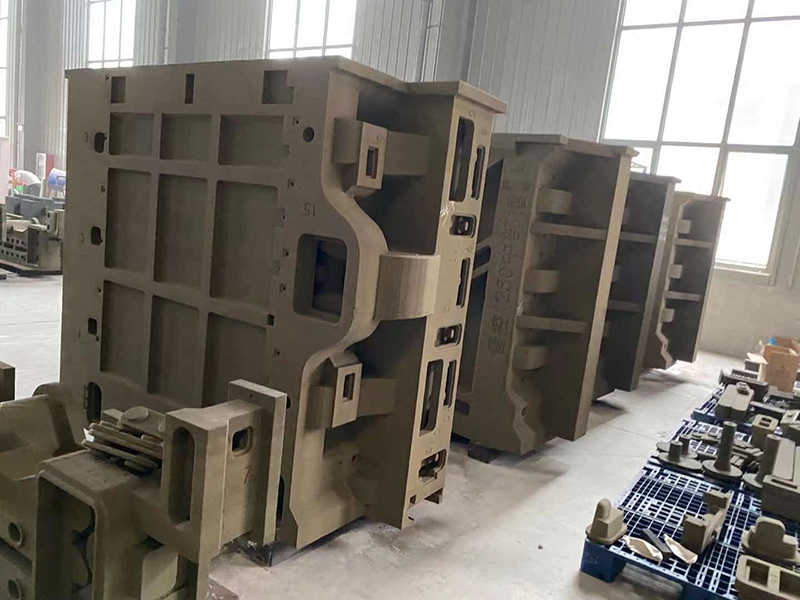Foundry Casting Sand The Backbone of Metal Casting
Foundry casting sand is a crucial component in the metal casting industry, serving as the primary material for creating molds that shape molten metal into finished products. This versatile material has been used for centuries, and its properties make it indispensable for various applications ranging from automotive components to intricate art pieces. Understanding the characteristics, types, and significance of foundry casting sand is essential for anyone involved in the manufacturing and metalworking industries.
The Composition of Foundry Casting Sand
Foundry casting sand is primarily composed of silicon dioxide (SiO2), which is derived from natural sand deposits. The size and shape of the sand grains play a vital role in the molding process. Fine sands create smoother surfaces, while coarser sands have better airflow and thermal properties. Moreover, the use of additives such as clay, water, and organic materials can enhance the sand's performance, ensuring it holds its shape during the casting process and contributes to the quality of the final product.
Types of Foundry Casting Sand
There are several types of foundry casting sand, each designed for specific applications
1. Green Sand This is the most common type of molding sand, which consists of silica sand, clay, and moisture. It is called green because it is used in its natural, damp state. Green sand is known for its ability to retain moisture and form intricate shapes, making it ideal for a wide range of metal casting.
2. Dry Sand Dry sand is prepared by heating to remove moisture content. It is less flexible than green sand but offers better dimensional accuracy and surface finish for the final cast. It is particularly beneficial for high-production environments where precision is key.
foundry casting sand

3. No-Bake Sand This type of sand uses chemical binders instead of moisture to bond the sand grains. No-bake sand molds can be produced quickly without the need for drying time, making them advantageous for specific casting requirements.
4. Shell Sand Shell mold casting involves a mixture that creates thin, strong molds. Shell sand is made from fine sand coated with resin, enabling it to withstand high temperatures and produce excellent surface finishes. This method is often used for intricate designs and detailed patterns.
Importance in the Casting Process
The selection of the appropriate type of foundry casting sand is vital to the success of the metal casting process. The sand must not only withstand the heat and pressure of the molten metal but also allow for easy removal of the cast once it has solidified. Quality casting sand contributes to the smoothness of the surface finish, the dimensional accuracy of the cast, and the overall mechanical properties of the metal.
Furthermore, foundry casting sand plays a crucial role in environmental considerations. Companies are increasingly looking for ways to recycle and reuse sand to minimize waste and reduce costs. Innovations in sand treatment and reclamation have allowed many foundries to effectively recover used sand, maintaining its properties for subsequent castings.
Conclusion
In conclusion, foundry casting sand is an integral part of the metal casting process, influencing everything from mold creation to the quality of the final product. Its composition, various types, and adaptability to specific casting requirements underline its importance in manufacturing industries. As technology continues to advance, the foundry sector is likely to experience new developments that enhance the efficiency and sustainability of foundry casting sand, ensuring it remains a cornerstone of metal casting for years to come. Whether it’s in the production of everyday items or high-tech components, the role of foundry casting sand cannot be overstated.
Post time:Νοέ . 12, 2024 04:27
Next:sanding and painting 3d prints
